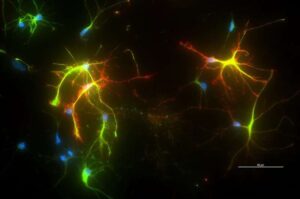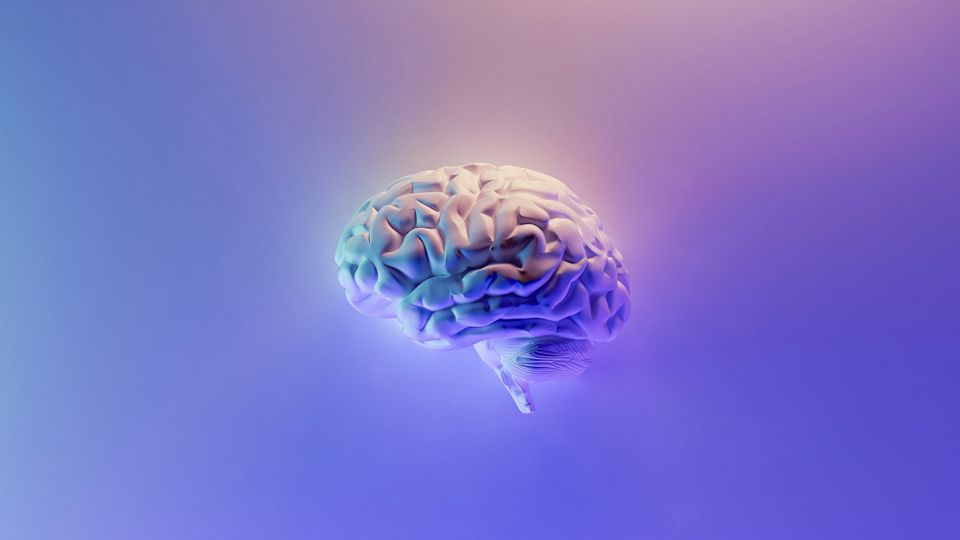Scientists from University of Wisconsin-Madison and nanomaterial engineers at Northwestern University , joined heads to make a nanomaterial that mimics protein , getting medicine to brain we all know is the trickiest place to deliver medicine . This protein will not help the brain cells to fight against Alzheimer but also other degenerative diseases. In simplified way, this particle helps Nrf2. Nrf2 protein acts as the cleaner of the brain as it cleans up the junk of the brain, protecting from cell damage.
Neurodegenerative diseases like Alzheimer’s, Parkinson’s, amyotrophic lateral sclerosis (ALS) and the disease I hate the most in this world Multiple sclerosis are characterized by progressive neuronal dysfunction and loss. Dysregulation of the cellular antioxidant response is a common theme in these pathologies, highlighting the potential therapeutic value of targeting the transcription factor Nrf2, a master regulator of antioxidant genes. However, effectively activating Nrf2 within the brain was proven to be challenging. A newly developed protein-like polymer (PLP) to modulate the Keap1-Nrf2 interaction is on its way to help us.
Let me breakdown nrf2 first, Nrf2 plays a critical role in the cellular defense against oxidative stress by regulating the expression of antioxidant and detoxifying enzymes. Under normal conditions, Nrf2 is targeted for degradation by the ubiquitin-proteasome system through its interaction with the Kelch-like ECH-associated protein 1 (Keap1). Upon exposure to oxidative stress, Keap1 releases Nrf2, allowing it to translocate to the nucleus and activate the transcription of antioxidant genes.
Nrf2 was to be targeted to advance in this pathway; previous research has demonstrated the neuroprotective effects of increasing Nrf2 activity in animal models of Alzheimer’s disease. However, directly targeting Nrf2 with small molecule drugs poses challenges, including poor blood-brain barrier permeability and off-target effects. Hats off to their idea, they opted a novel approach to create a nanomaterial that could mimic protein.
So they opteda novel therapeutic approach utilizing a synthetic protein-like polymer (PLP) designed to disrupt the Keap1-Nrf2 interaction. The PLP, developed by a team led by Professor Nathan Gianneschi at Northwestern University, mimics the structure and function of a natural protein, enabling it to bind specifically to Keap1.
Initially we came across that this is a collaborative effort between Professor Gianneschi’s group and researchers at the University of Wisconsin-Madison, led by Professor Jeffrey and Delinda Johnson, investigated the PLP’s ability to modulate Nrf2 activity in cultured brain cells. The results demonstrated that the PLP effectively bound to Keap1, leading to the release and nuclear translocation of Nrf2. Furthermore, this approach did not exhibit the off-target effects observed with other Nrf2 activation strategies.
Building upon these promising in vitro findings, ongoing research is exploring the efficacy of the PLP in vivo using mouse models of neurodegenerative diseases. This collaborative effort highlights the importance of interdisciplinary research for developing innovative therapeutic strategies for complex neurological disorders.
This study presents a promising new avenue for targeting Nrf2 in the treatment of neurodegenerative diseases. The protein-mimicking PLP offers a potentially selective and well-tolerated approach to enhance Nrf2 activity within the brain, warranting further investigation in preclinical and clinical settings.(This article reflects author’s opinion and not necessarily the views of WNAM )
The author is: Student of Biotechnology GCU)


